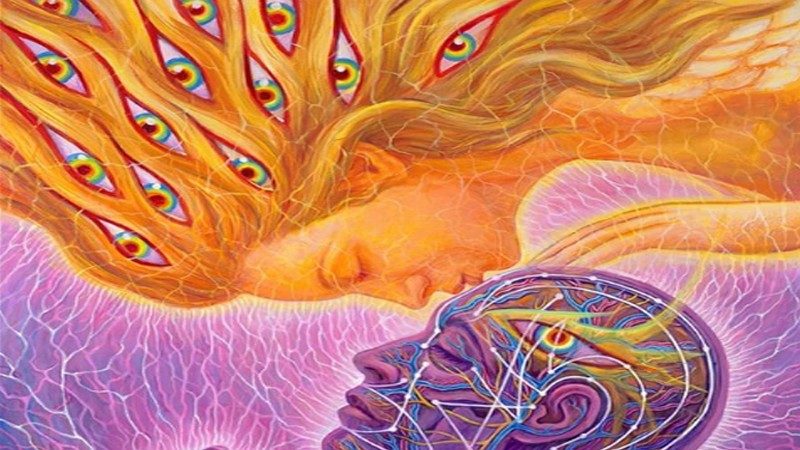The Egyptian civilization was ahead of many other civilizations in the world when it flourished on the edges of the Nile River thousands of years ago. This video (scroll down to article) explores ancient Egypt and the pineal gland
Ancient Egypt and the pineal gland
Among their knowledge of astronomy, engineering, architecture, medicine, the ancient Egyptians had a very special place for religion and spirituality, knowing exactly what was important in everyday life.
The pineal gland, also known as the third eye, is a small piece cone-shaped in our brain that is responsible for producing serotonin derivative melatonin that deal directly with our hormones that in turn regulate the modular sleeping, our seasonal functions and other things.
Located near the central part of our brain, the pineal gland is a small area between our two hemispheres.
And 'it considered by many as a portal between the physical world and the spiritual man. When activated, the pineal gland provides a feeling of euphoria, and uniqueness, offering a sense of knowledge and illumination. The pineal gland is regarded as a way of traveling between the dimensions, called by many as splitting or remote display.
Curiously, if we look at the pineal gland and the eye of Horus will find a fascinating similarity.
The eye of Horus is a symbol that represents protection, the real power, and health. The eye is usually personified in the goddess Wadjet, and is also referred to as the 'Eye of Ra'.
Below the video, Schwaller de Lubicz illustrating the Temple of Man. The video aims to show that the builders of the Temple of Luxor have actually used the sacred geometry which in turn is reflected on the exact proportions of the human body.
The video provides evidence that the ancient Egyptian civilization has realized the altered states of consciousness, with the help of the pineal gland, which was used by that ancient people to explore the realm of the spirits.
edited by Hackthematrix







.jpg)





No comments:
Post a Comment